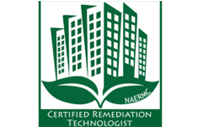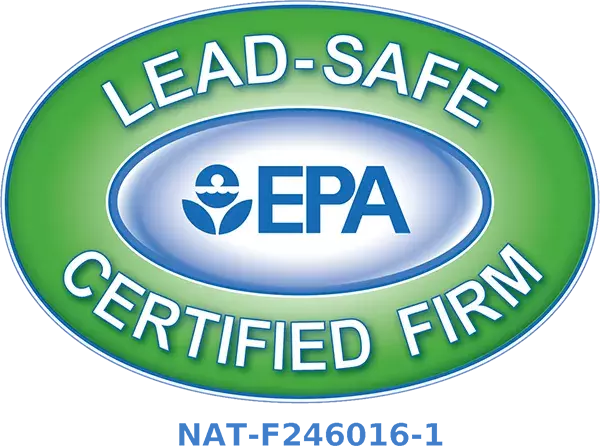Mold Remediation & Testing
Water damage, if not treated promptly can cause mold to start growing within 24-48 hours. Everything from roof leaks, to plumbing & or AC leaks can be a perfect scenario to contribute to mold growth.

With our severe & humid weather conditions here in South Florida it provides the perfect environment for mold to start growing! Our highly trained team can effectively remediate your mold issue and help restore your home to its original condition, if not better. Contact us today to schedule a complementary visual home assessment.
Contact us today for a complementary visual home assessment. (561) 674-2332
Click for answers to frequently asked questions about mold and how to safely deal it.
Mold Testing
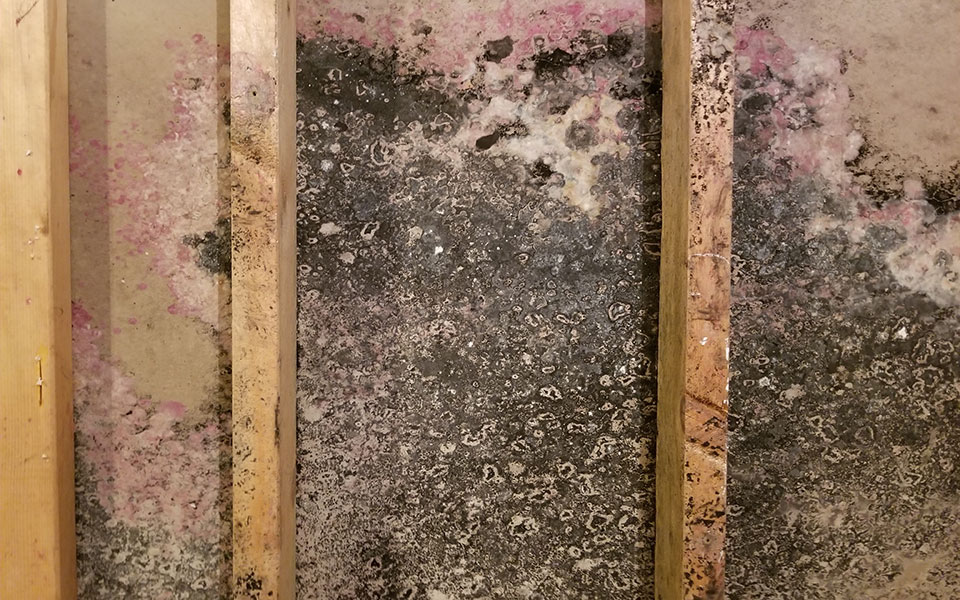
Individuals might consider its time for mold inspection when they notice a musty odor, see visible signs of mold growth or have had previous water damage. Many people also might consider mold testing if they begin to notice irregular allergy symptoms, such as sneezing, coughing, eye irritation, nasal congestion, skin rash, and difficulty breathing.
High humidity levels can also create a mold problem, in which mold testing might be necessary. Our state licensed and trained mold assessors will be able to take effective samples and provide you with a detailed report on what needs to be done.
Appearance of Mold
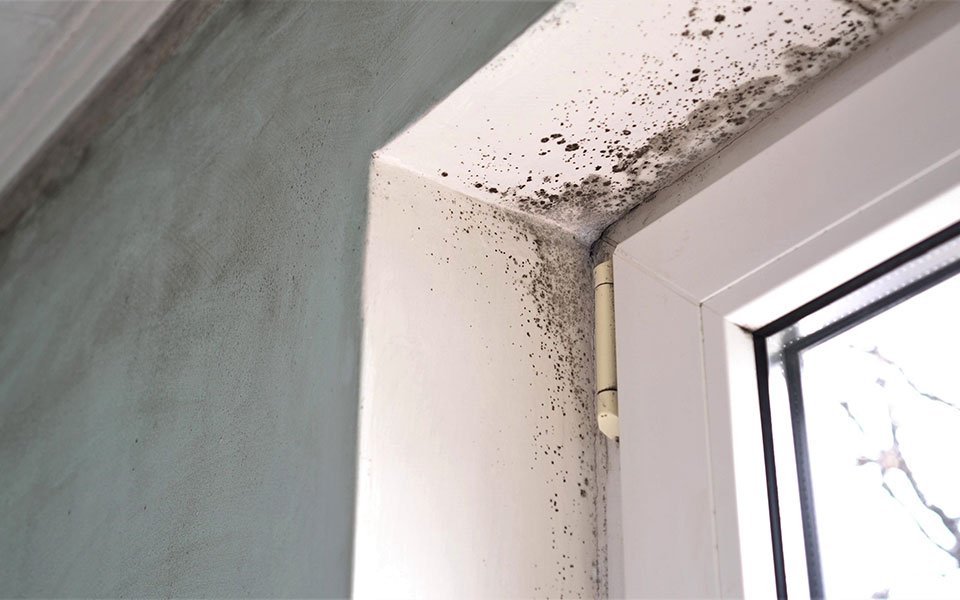
The last thing you want plaguing your home is mold. Mold can be seriously disastrous both for to the structural quality of your home and the health of your family. Mold can appear either in hot summer weather or in the cold winter, mostly due to various activities in the home. Mold is notorious for growing on walls, especially in places like closets, bathrooms, and underneath sinks.
Mold is a form of fungi, and they can occur both inside and outside the house. They thrive mostly in places that are warm, humid and moist. Once fungi spores land there, they begin to spread and form colonies.
When is Mold Remediation Necessary?
A mold remediation is necessary when a mold test comes back with high/elevated spore counts. Also, if you have more than 10 sq. of visible mold growth, a remediation by a licensed and insured professional is needed. Often times many people will consider a mold remediation if there is a lingering musty odor and they have had a previous leak or water damage that was not properly mitigated.
Causes of Mold in a Home
Before mold can begin to thrive comfortably in an environment, there are five different conditions that can help it grow:
- Existing mold spores, which are almost everywhere in your home and outside. They are not visible to the eye which makes it harder to control their spread. Because of their light weight, these spores are easily transferred by air and begin to produce when they find moisture or humidity.
- Moisture. Mold has a high affinity for places in the home that are damp and warm. The longer the surface remains damp, the more likely it is for mold to form once spores land on that surface.
- Oxygen. Mold is aerobic, which means they need oxygen for survival. Absence of sunlight is another necessity. The ultraviolet rays of the sun are deadly to mold and can alter their cellular structure.
- An optimal temperature to facilitate their growth. Mold is not comfortable with too cold or too hot temperatures environments.
- A food source that will enable them to thrive in the environment. Mold can feed on a lot of things in your home, including sheetrock. It just has to be damp.
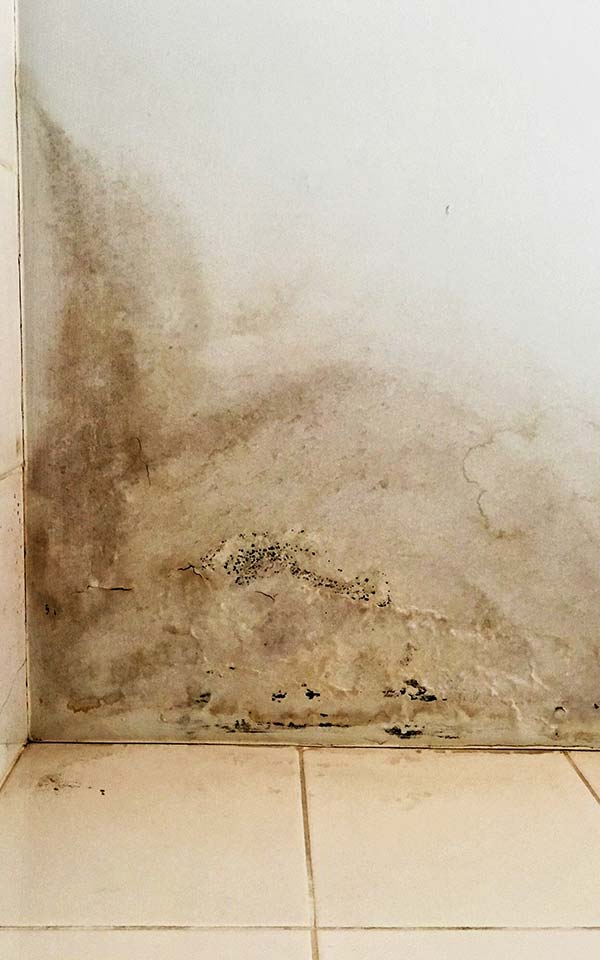
Among all these factors, the presence of moisture is the most important, and a moist environment can build up in your home from any of these:
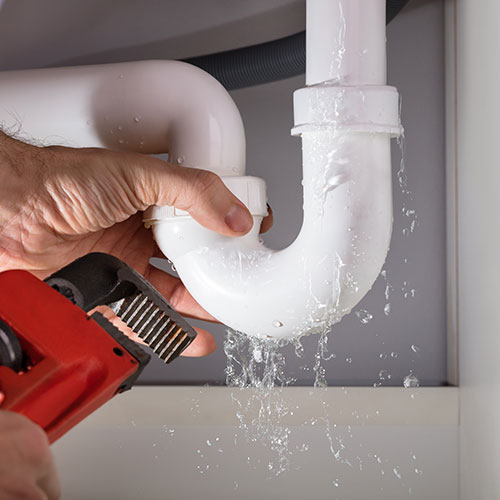
Broken Pipes
These can damage building material, allowing mold to start growing.
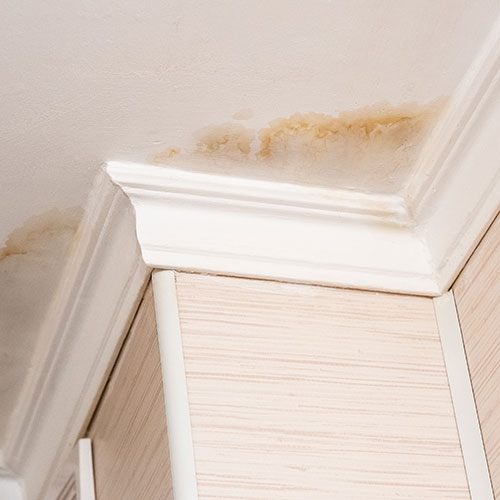
Leaking Roofs
Allows water to soak the wooden floor of the attic.
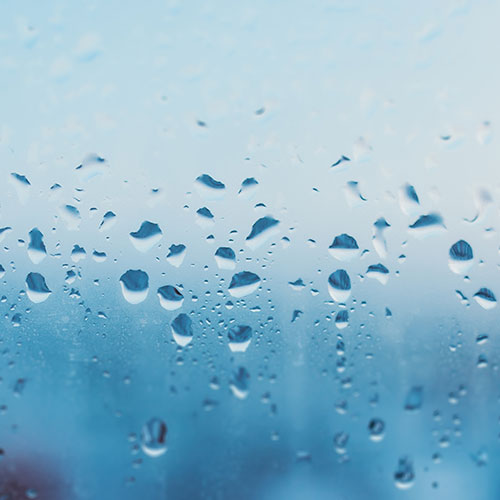
Inadequate Ventilation
Prevents damp areas of the home from drying completely.
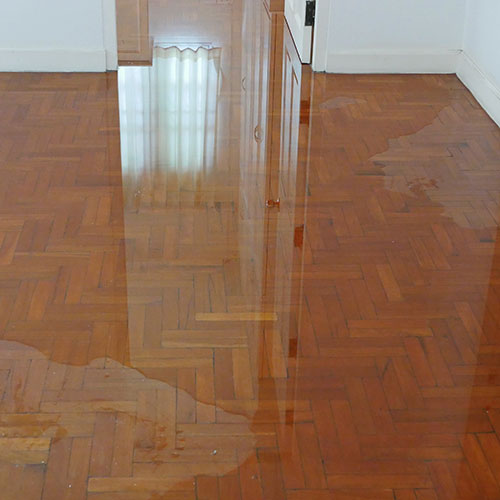
Mild Flooding
Even minor flooding is enough to lead the growth of mold.
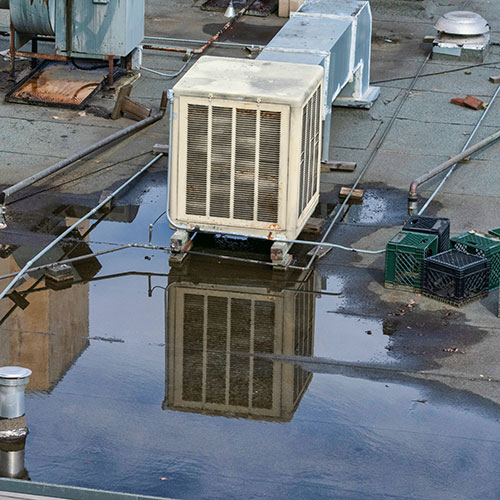
AC Leak
Air Conditioning leaks can seep into ceilings and floors and cause mold growth.
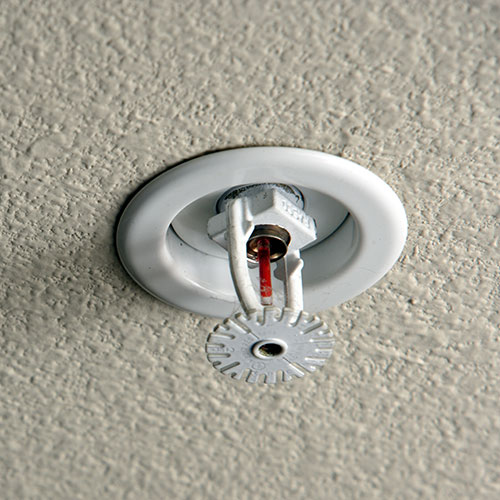
Damaged Sprinkler System
Some modern structures come with sprinklers that are used in the case of a fire outbreak. Sometimes these sprinklers, buried inside the walls, can leak and soak the walls.
Need help with an emergency? We are available 24/7 to take your call.
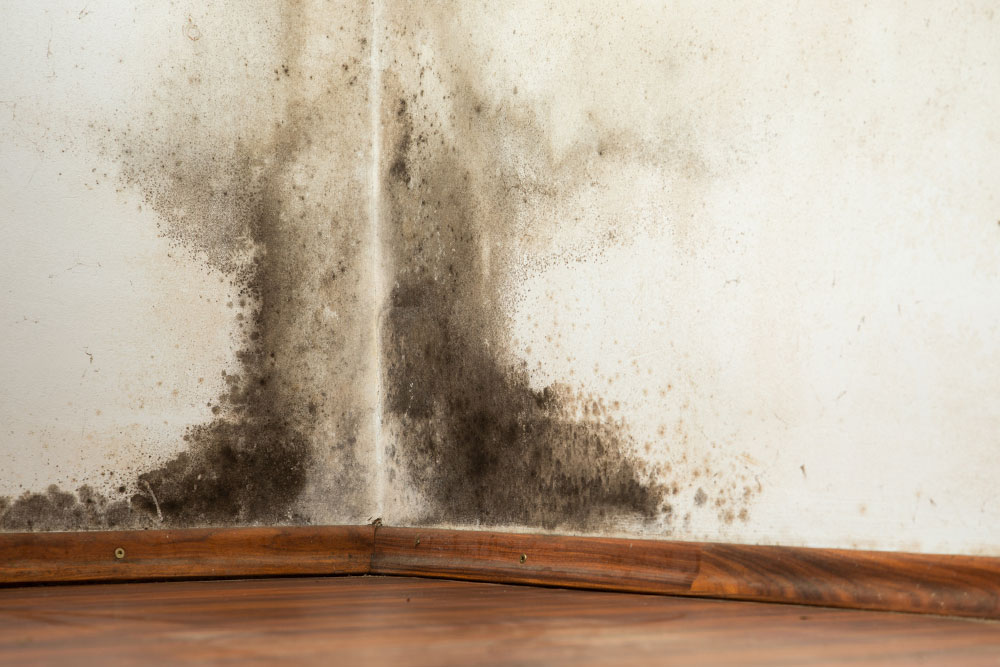
Black Mold
The most common type of mold known to affect houses is black mold also called stachybotrys. Black mold causes a variety of allergic reactions, including rashes and skin irritation plus respiratory tract diseases. Black mold is also commonly referred to as toxic mold because of some of its major toxic effects. Some of the most disturbing and common ways in which the black mold manifests itself are:
- Darks spots gathering at one spot on the ceiling or on your roof
- A muddy, damp or earthy smell that is unpleasant to the nose.
- Moldy growths around the house
Mold Removal
If you notice mold growth in your home it’s important first to know why it is growing there.
Anything more than 10 square feet of mold contaminated material it is highly recommended to call a professional to avoid spreading the mold to other areas. If you suspect the mold is black mold and/or the moldy area is quite extensive, call J & R Restoration right away. The mold will need to be expertly removed and repairs will need to be made in order for your home to remain safe.
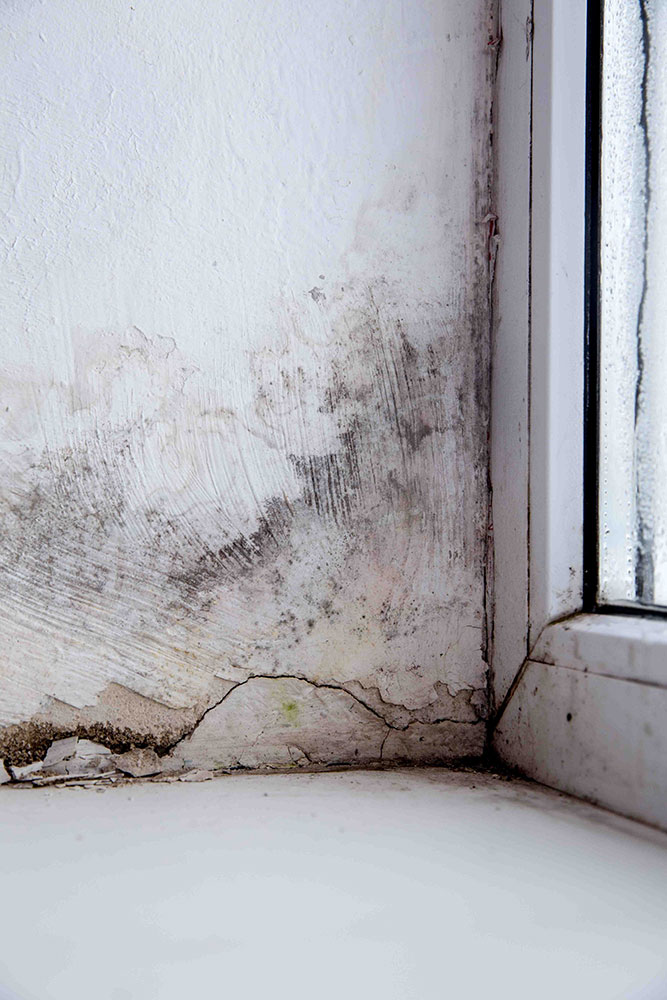
How to Prevent Mold in Your Home
Among all these factors, the presence of moisture is the most important, and a moist environment can build up in your home from any of these:
1
Ensure that there is no form of water damage located anywhere in the house. This can come up from broken pipes, faulty faucets or leaking roofs. All of these will lead to the accumulation of moisture and dampness.
2
Get a dehumidifier to help you regulate humidity in your home. Since mold and black mold thrives in damp environments, it is best to keep the humidity in your home at its lowest.
3
Ensure that your home is well ventilated. This will help to keep wall surfaces dry.
How Mold in a House Can Affect Your Health
Mold is dangerous for many reasons, but it’s especially damaging to your health.
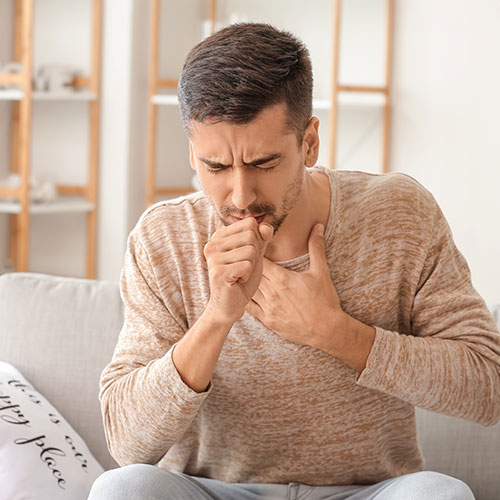
Respiratory Tract Problems
Mold spores are mostly found in the air, and from there they find their way into the nose and into the respiratory tract. Inside the tract, they are capable of producing allergens and myotoxins. The respiratory tract is very sensitive to these. Mold is known to cause irritation in the lungs and throat. It is worse for people already with a confirmed case of asthma or breathing problems.
Allergic Reactions
Some reactions can manifest in the body as a result of contact with mold spores. Some of the most common of these symptoms include an itchy nose, constant sneezing, reddening of eyes and a blocked nose. People with asthma might also be prone to asthma attacks when around mold.

Mold FAQ
Q: Why am I finding Mold on my clothes?
A: Often times, someone may not realize they have a mold issue until they start to see mold grow. Mold can start growing on your clothes or other home items due to a humidity issue at the property. This could come from the ac system failing or being shut off for a long period of time, or a moisture source at the property. If you notice signs of mold growth on your clothes, we highly recommend call J&R Restoration for a free visual inspection.
Q: How long does a Mold Remediation Take?
Depending on the extent of the mold, a standard mold remediation can take 5-7 days from start to finish.
Q: Who is responsible to pay for a mold remediation?
A: In some cases your mold remediation and mold testing cost may be 100% covered by your homeowners insurance. Give J&R Restoration a call and we can help walk you through this process from start to finish!
Q: How do I know if I have Black Mold?
A: If you suspect any kind of mold at your property it is best to call J&R Restoration and have some mold testing performed. Black mold is a sign that the mold issue at your property has been going on for some time. Black mold and other kinds of mold will form in circular-shaped sports that are usually black, dark green or dark brown. Usually, black mold will have a slightly furry appearance.
Q: Can I sleep in the room that I found mold in?
A: Everyone reacts to mold differently and depending on the levels of mold elevation it would probably be best to avoid sleeping in the area where mold is found.
Q: Where do I check for Mold in my house or apartment?
A: Mold can start growing anywhere at your property. The most common places can often be under/behind cabinetry, around ac vents, in closets and on drywall material.
Q: What causes Mold?
A: Mold doesn’t just start to grow randomly. Mold needs either a source of water, like a leak or high humidity levels to start growing.
Q: How can I prevent Mold?
A: The best way to prevent mold is to proactive in with your home maintenance. We recommend the following to prevent.
Have your AC system lines cleaned and drained to avoid your AC from shutting off, and make sure you keep your thermostat set to around 76 degrees.
Fix leaks as soon as they occur and check to make sure that the building material is not wet. If the building material is wet, its best to call J&R Restoration so we can properly dry building material properly to avoid further damage.
Glossary of Mold Terms
Aspergillus/Penicillium, sometimes referred to as Asp/Pen is a common indoor mold that can cause allergic reactions in people who are sensitive to this kind of mold. Asp/Pen can be found on water damaged building material like wallpaper, carpet or drywall.
Ascospores is a very common outdoor spore, it is usually associated with rain and moisture. Ascospores is a phase in the cycle of life that the fungi belonging to the Ascomycota division. This fungi is highly variable and can grow as budding single cells such as yeasts.
Basidiospores is a fungus kind of mold. Mushrooms and dry rot are examples of basidiospore producing fungi. This kind of mold is moisture driven as the spores disseminate during rain and in times of high humidity. This kind of mold is found in high levels outdoor and may be an indication of fungal contamination and water damage if found inside a building.
Botrytis is a parasite commonly found growing on indoor plants. It is often found in a gray color and referred to as gray mold. It is a fungal disease that travels fast through gardens, usually in a damp and cool weather. It is commonly known as “botrytis bunch rot” and its most notable hosts may be wine grapes.
Chaetomium is a genus of fungi in the chaetomiaceae family. It is a dark-walled mold normally found in soil, air, cellulose and plant debris.
Cladosporium is a genus of mold that includes more than 40 individual species of fungus. You can find this kind of mold in humid and moist areas. Some species of Cladosporium can grow indoors while others thrive outdoors.
Stachybotrys also known as black mold, is a greenish-black mold that can grow on material with a high cellulose content, like fiberboard, gypsum board, and or paper. This mold will start to grow if there is moisture from water leaks, water damage, condensation, or flooding.
Memnoniella is a mycotoxin producing spore related to and often found in conjunction with stachybotrys. Memnoniella is a wide spread cellulolytic fungus, which produces spores in chains.
Hiring Professionals for Mold Removal
To get rid of mold in your home your best bet is to seek the help of mold removal experts. Trying to get rid of an extensive mold problem on your own can be quite dangerous, especially when you don’t have the suitable materials needed to protect yourself during the removal. You can also containment other areas of the house if you do not properly remove the mold.
J & R Restoration has the correct tools and materials needed to carry out the mold removal process. They will also help you to deal with the problem from the source and advise you on how you can protect your home from future invasions. Need help with mold removal? Don’t hesitate to give J & R Restoration a call at (561) 674-2332.
"*" indicates required fields







